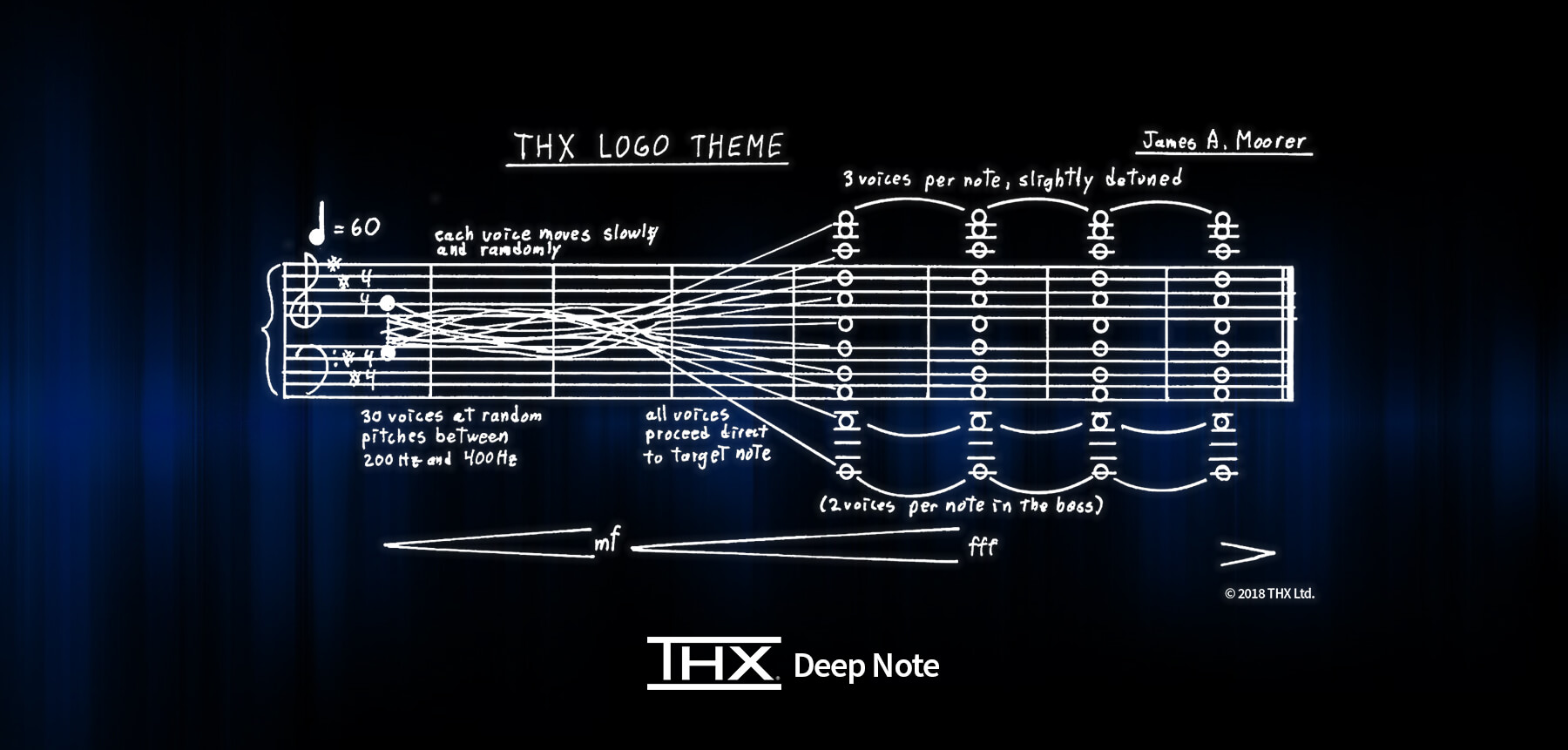Packing some equipment today for the move to the new studio, I came across this label. It has some history behind it. It came from the box for my Sequential Circuits Pro-One synthesizer, and shows where I bought it from. Denmark Street in London, otherwise known as the British Tin Pan Alley.
Denmark street was originally residential, but became used for commercial purposes in the 19th century. At first, metalwork was a popular trade but it became most famous as Britain's "Tin Pan Alley" housing numerous music publishers' offices. This market declined in the 1960s to be replaced by music shops and independent recording studios. The Rolling Stones recorded at Regent Sound Studio at No. 4 and popular musicians, including David Bowie and the Small Faces, often socialised in the Gioconda café at No. 9.
Elton John and Bernie Taupin wrote songs at offices on the street in the 1960s, while the Sex Pistols lived above No. 6, and recorded their first demos there.
Session musicians such as Jimmy Page and John Paul Jones regularly played in Denmark Street studios. In 1964, The Kinks recorded "You Really Got Me" in one of the basement studios.
The sheet music shop Argents is currently based at No. 19. It was founded by The Zombies' Rod Argent (later to form the group ‘Argent’) as a keyboard shop and was previously based next door, at No. 20. Since then it has undergone two changes of owners and now specialises in sheet music and DVD sales, covering a wide variety of styles including jazz and classical.





